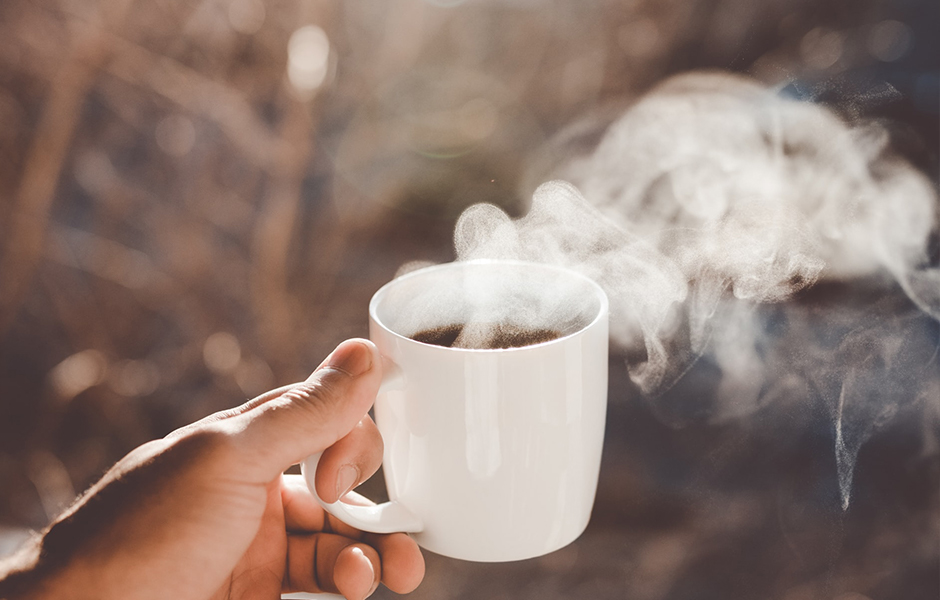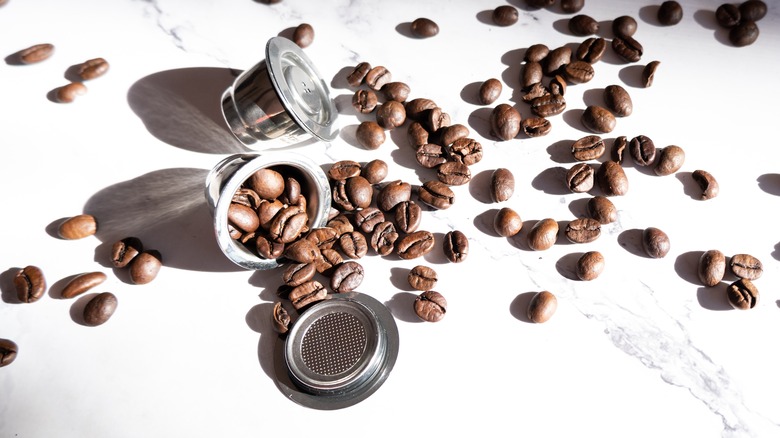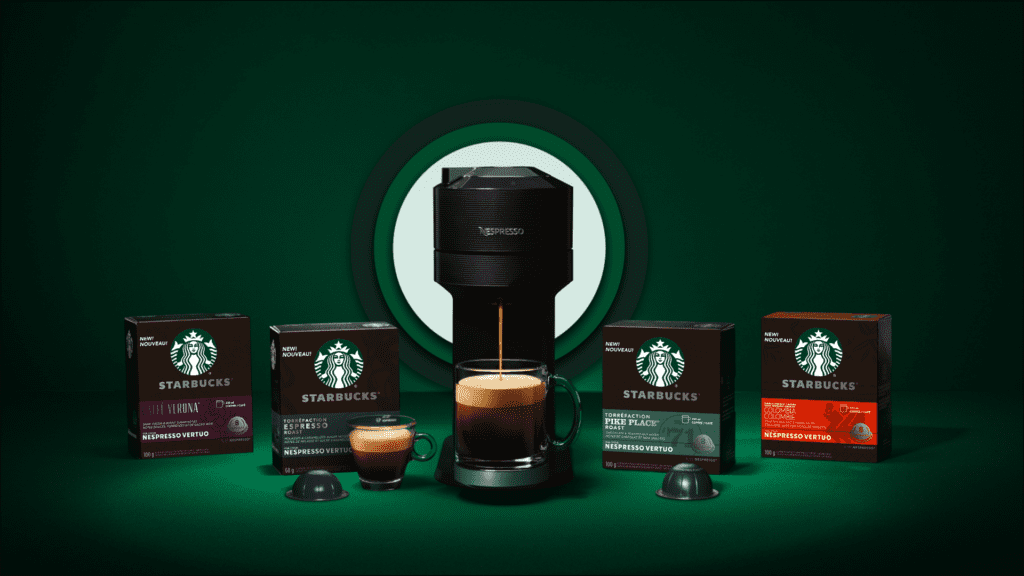Finding the perfect machine that delivers the hottest coffee is crucial for coffee drinkers who prefer their brew steaming hot. But selecting a machine that maintains high temperatures without compromising flavor can be a challenge.
In this article, we’ll explore which espresso machine makes the hottest coffee with these top three performing espresso machines known for producing the hottest coffee. We’ll dive deep into each machine’s heating capabilities, key features, and why they stand out in delivering maximum temperature.
By the end, you’ll have a clear understanding of which espresso machine to choose if you prioritize heat in your coffee-making experience.
Understanding What Makes an Espresso Machine Produce Hotter Coffee
When it comes to brewing the hottest espresso, several factors contribute to how you brew coffee, including temperature regulation and heat retention. Understanding these elements is essential, as it will help you make a more informed choice when selecting the right machine.
The Science Behind Coffee Temperature: Why Does It Matter?
The temperature of your coffee significantly impacts its taste, aroma, and extraction quality. Espresso needs to be brewed at an optimal temperature—typically between 195°F and 205°F (90°C to 96°C)—to extract the right balance of oils, acids, and other flavor compounds and keep the coffee hot. Too low a temperature can result in sour or under-extracted coffee, while temperatures that are too high may cause bitterness or scalding.
For those who love their espresso piping hot, finding a machine that can achieve and maintain a stable high temperature is a priority. Consistent high heat not only ensures that your coffee stays hot but also maximizes flavor extraction.
Understanding Coffee Brewing Temperatures
When it comes to brewing coffee, temperature is a critical factor that can make or break your cup. The right temperature ensures that the coffee grounds are properly extracted, resulting in a flavorful and aromatic brew. But what exactly is the ideal temperature for brewing coffee, and how do different coffee makers handle this?
Factors Affecting Coffee Brewing Temperature in Espresso Machines
Several elements influence the heat consistency and maximum temperature in espresso machines. Knowing these factors will help you identify which machines are designed for hotter brews.
Boiler Type and Material
The type and material of a machine’s boiler play a critical role in determining the maximum temperature it can reach. Machines with dual boilers, particularly those made from copper or stainless steel, tend to maintain higher temperatures more efficiently. This setup allows one boiler to handle brewing while the other focuses on steaming, resulting in more consistent heat distribution.
Heating Mechanisms and Speed
Espresso machines employ different heating mechanisms, such as thermoblocks and thermocoils, which affect how quickly water reaches the optimal temperature. Machines with more advanced heating elements will not only heat water faster but also sustain higher temperatures throughout the brewing process.
Temperature Consistency and Control
Machines equipped with precise temperature controls, like PID (Proportional-Integral-Derivative) controllers, can maintain stable heat levels during brewing. This stability is crucial for ensuring each cup of espresso is brewed at the right temperature, especially when brewing multiple shots consecutively.
Water Pressure and Extraction Time
Water pressure and extraction time also contribute to the final temperature of your coffee. Higher pressure may increase the brew’s heat, but if not managed correctly, it could result in uneven extraction. Machines that offer adjustable pressure settings allow for fine-tuning to achieve the desired temperature without sacrificing quality.
Top Espresso Machines for the Hottest Coffee in 2024
After extensive research and comparison, three machines stand out for their ability to deliver the hottest coffee: the Breville Dual Boiler, the Gaggia Classic Pro, and the La Marzocco Linea Mini. Below, we delve into each machine’s key features, temperature range, and how they perform when it comes to brewing hot espresso.
In contrast, a drip coffee maker offers convenience and functionality, making it an excellent choice for those who prefer an easier brewing method.
Best Overall: Breville Dual Boiler
The Breville Dual Boiler is an exceptional choice for those seeking a machine that excels in both heat performance and user-friendly features. With its dual stainless steel boilers and advanced heating system, this machine consistently produces some of the hottest espressos on the market.
For those who prefer convenience and speed, a single serve coffee maker might be a better option. These machines, like the Keurig K-Elite and Technivorm Moccamaster Cup One, are known for their optimal temperature performance in brewing and serving coffee.
Key Features and Temperature Range
Boiler Type: Dual stainless steel boilers
Heating System: PID temperature control and pre-infusion technology
Maximum Temperature: Reaches up to 205°F (96°C)
Other Features: Programmable shot temperature and pressure gauge
User Reviews: Heat Performance Analysis
Many users praise the Breville Dual Boiler for its ability to maintain consistent high temperatures, even during back-to-back brewing. The PID controller ensures minimal temperature fluctuation, making it a top choice for those who prioritize heat in their espresso.
Comparisons: How It Stands Out for Heat Consistency
Compared to other models in its class, the Breville Dual Boiler stands out due to its precise temperature control and dual boiler setup. This configuration allows it to brew and steam simultaneously without any drop in temperature, ensuring every cup is consistently hot.
Budget Option: Gaggia Classic Pro
The Gaggia Classic Pro is a reliable, budget-friendly option that doesn’t compromise on heat performance. While it doesn’t have dual boilers, it still manages to deliver impressively hot espressos thanks to its single boiler and rapid heating system.
Optimal Heat Settings for Maximum Temperature
Boiler Type: Single aluminum boiler
Maximum Temperature: Reaches up to 203°F (95°C)
Heating Mechanism: Quick heat-up time and powerful steam wand
Limitations in Heat Performance
Although the Gaggia Classic Pro offers high heat, its single boiler setup means that temperature stability can be slightly inconsistent during long brewing sessions. For users looking for an affordable yet high-temperature option, this machine is a solid choice, provided they’re willing to accommodate its limitations.
High-End Pick: La Marzocco Linea Mini
For those willing to invest in a high-end machine, the La Marzocco Linea Mini is unmatched in heat performance and consistency. Its commercial-grade components and robust build quality make it a preferred choice for serious coffee enthusiasts. In contrast, a cold brew coffee maker offers a smoother taste and lower acidity, and is convenient for making coffee in advance.
Innovative Heating Technology
Boiler Type: Dual stainless steel boilers with a saturated grouphead
Heating System: PID controller with integrated brew boiler
Maximum Temperature: Reaches up to 206°F (97°C)
Other Features: Digital display and advanced temperature adjustment
Temperature Testing Results
Tests show that the La Marzocco Linea Mini maintains its temperature even during prolonged use, making it ideal for high-demand settings. Its ability to reach and sustain a maximum of 206°F (97°C) ensures a piping hot espresso every time.
How to Choose an Espresso Machine for Maximum Temperature
Choosing the right espresso machine involves more than just selecting one that reaches high temperatures. It’s essential to understand your coffee preferences and the features that contribute to heat performance.
For those who prefer a refreshing alternative, cold brew coffee is an excellent option.
Ideal Temperature Ranges for Different Coffee Beans
The optimal temperature for brewing varies depending on the type of coffee and personal taste preferences. Understanding these nuances can help you decide which machine to invest in.
For those who prefer cold coffee options, iced coffee is a refreshing alternative. Iced coffee is essentially cold brew coffee served over ice, making it an ideal choice during warmer months.
Espresso vs. Cappuccino: Heat Requirements
Espresso typically requires a temperature range of 195°F to 205°F (90°C to 96°C) for balanced flavor extraction. On the other hand, milk-based drinks like cappuccinos or lattes can benefit from slightly lower brewing temperatures to prevent overheating the milk.
Importance of Temperature for Taste Profiles
The right temperature not only affects the heat of your coffee but also its taste. Higher temperatures tend to bring out more bitterness and intensity, which can be desirable for strong espressos. Lower temperatures highlight more nuanced, fruity notes.
Features to Look for in High-Temperature Machines
When shopping for a machine that excels in heat performance, consider the following features to ensure it meets your needs. Drip coffee makers are a popular choice among coffee enthusiasts due to their ability to brew coffee at optimal temperatures, enhancing flavor and offering features like programmability and temperature control.
PID Controllers and Heat Stability
PID controllers are essential for maintaining stable temperatures throughout the brewing process. Machines equipped with these controllers can make real-time adjustments to ensure consistent heat levels, crucial for brewing hot espresso.
Importance of Pre-Infusion Settings
Pre-infusion allows the coffee grounds to be evenly saturated before full brewing pressure is applied. This feature enhances extraction and ensures the machine can reach and maintain high temperatures without compromising flavor.
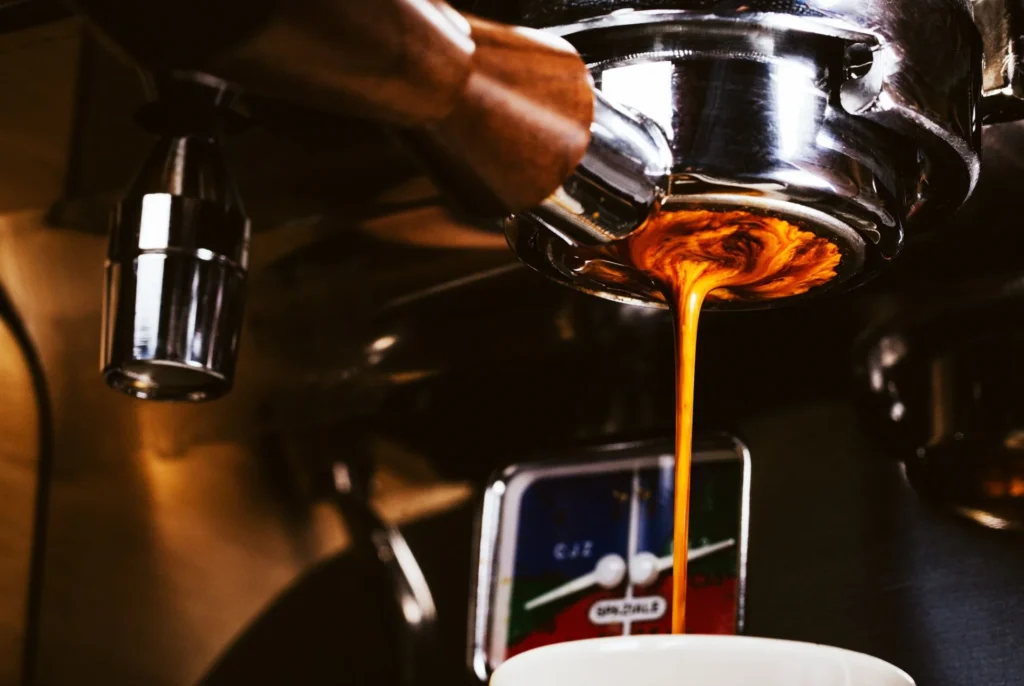
The Impact of Coffee Temperature on Taste and Flavor
The temperature at which you brew your coffee is more than just a number; it’s a key player in the taste and flavor of your final cup. The ideal brewing temperature, as recommended by the Specialty Coffee Association of America (SCAA), is between 195°F and 205°F (90°C to 96°C). This range is crucial for extracting the right balance of flavors and oils from the coffee beans.
Frequently Asked Questions on Coffee Temperature
Here, we address common questions related to coffee temperature to help clarify any doubts you may have.
Cold brew coffee is a popular and refreshing alternative to hot coffee, particularly appealing during hot weather.
What is the Optimal Coffee Temperature for Espresso?
The ideal temperature for brewing espresso ranges from 195°F to 205°F (90°C to 96°C). This range allows for balanced extraction, bringing out the coffee’s full flavor profile without excessive bitterness or sourness.
Can You Increase the Temperature on Any Espresso Machine?
Not all espresso machines allow for temperature adjustments. Machines with PID controllers or programmable settings provide greater flexibility in modifying brew temperatures, while basic models may not offer this capability.
What's the Difference Between Hot Coffee and Burnt Coffee?
Hot coffee is brewed at the optimal temperature range to extract the best flavors. Burnt coffee, on the other hand, occurs when the temperature is too high, resulting in over-extraction and an unpleasant, scorched taste.
Final Thoughts: Which Espresso Machine and Coffee Makers Are Best for You?
Choosing the right espresso machine depends on your specific preferences and budget. Here’s a summary to help you make the best decision:
Cold brew coffee is another refreshing alternative to hot coffee, known for its lower acidity and gentle impact on the digestive system. It involves steeping coffee grounds in cold water for extended periods and can be enjoyed in various forms like iced coffee and nitro cold brew.
Matching Your Preferences with Machine Capabilities
If you prioritize temperature consistency and maximum heat, the Breville Dual Boiler is the best overall choice. For budget-conscious users, the Gaggia Classic Pro offers solid heat performance at an affordable price. Finally, the La Marzocco Linea Mini is the ultimate high-end pick for those seeking commercial-grade heat performance.
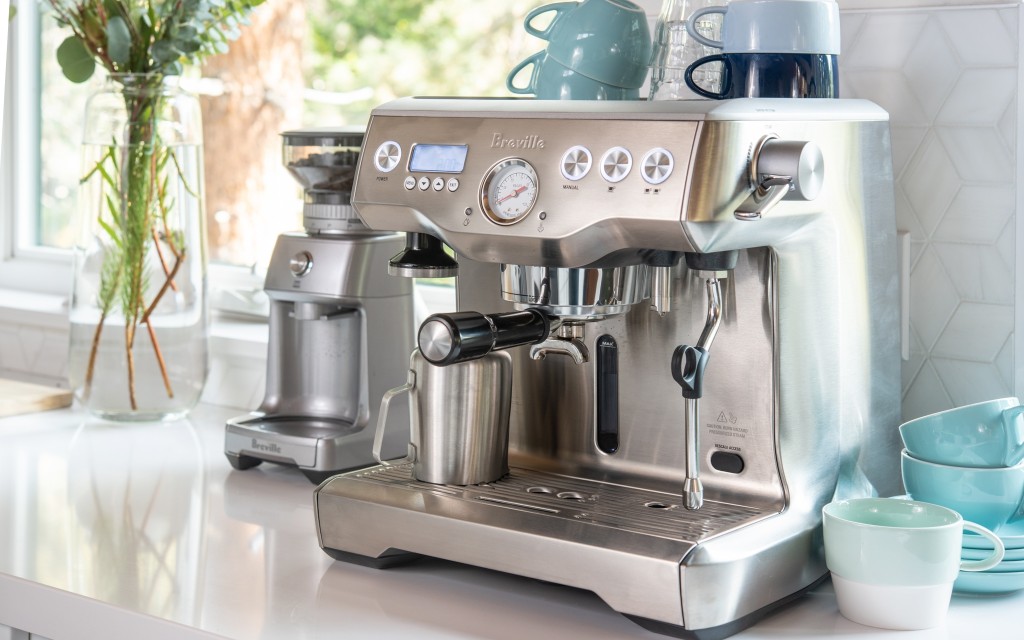
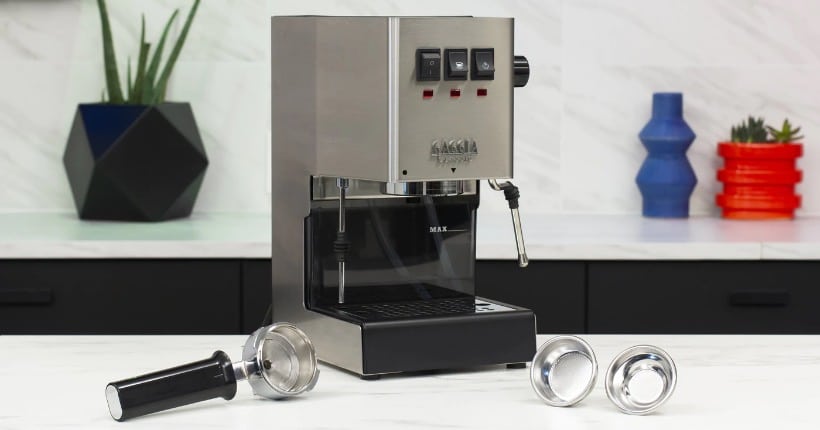
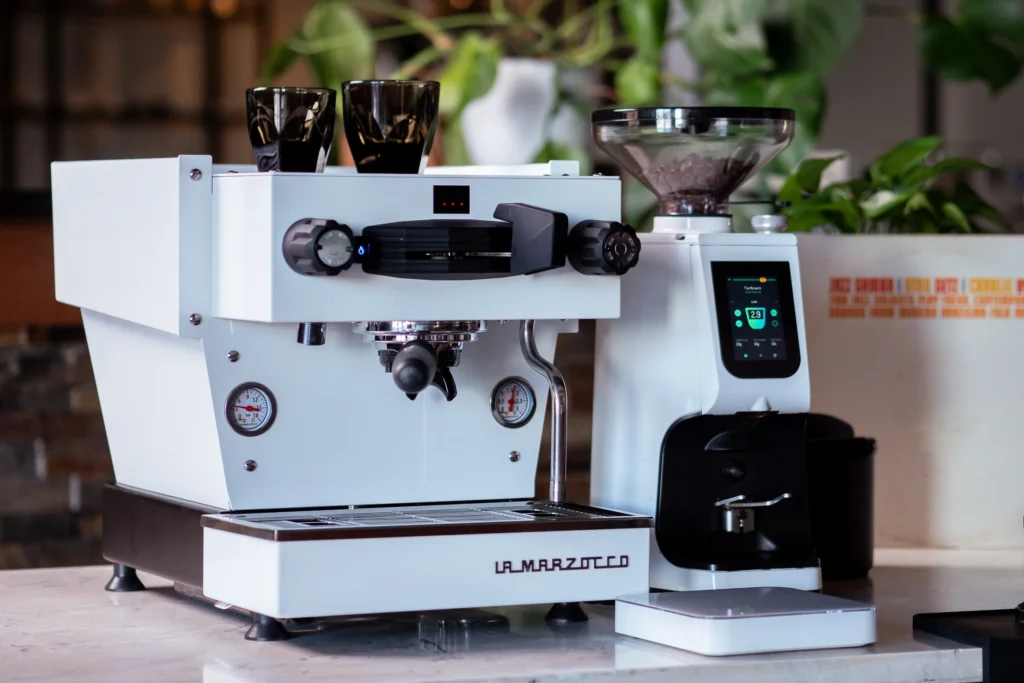
Heat Performance vs. Other Features
While heat performance is crucial, consider other features like ease of use, build quality, and programmability to ensure you select a machine that meets all your needs.
Best Recommendations Based on Your Coffee Preferences
Best for Maximum Heat: La Marzocco Linea Mini
Best Value for High Temperatures: Breville Dual Boiler
Best Budget Option: Gaggia Classic Pro
Our blog contains affiliate links to products. We may receive a commission for purchases made through these links. However, this does not impact our reviews and comparisons. We try our best to keep things fair and balanced, in order to help you make the best choice for you.

